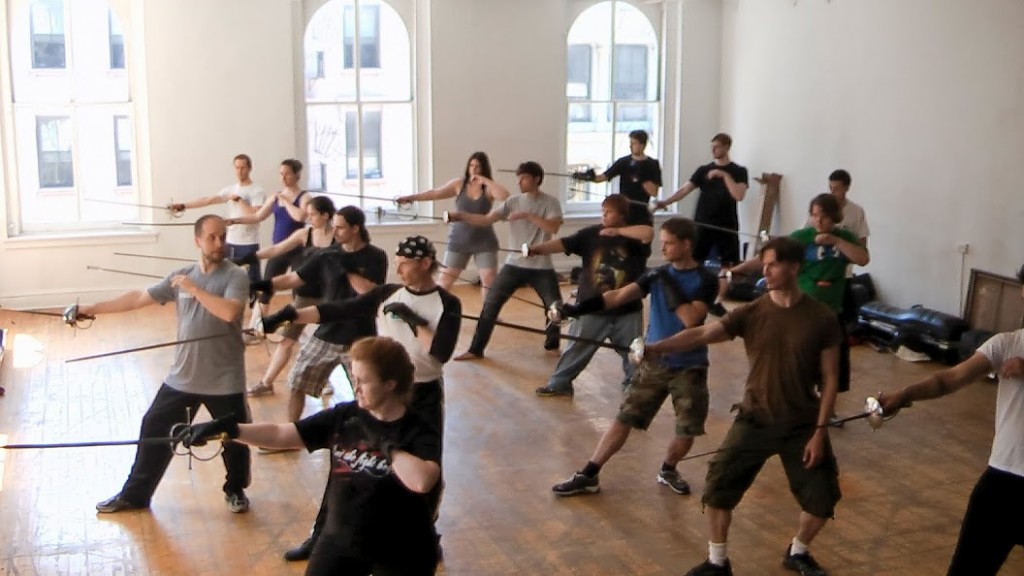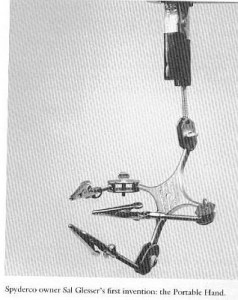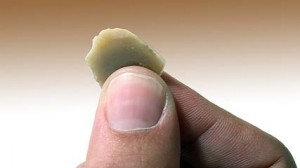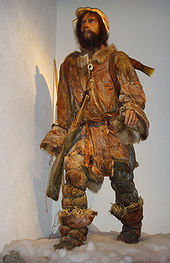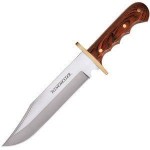Have you ever wondered how someone can go from an average actor to a seemingly experienced, masterful sword fighter? As you might have guessed, it takes a lot of practice and training for Uma Thurman to do this or for Liam Neeson to do this.
However, unlike movie actors, who have the benefit of doing multiple takes and sometimes even get help from the magic of film, stage actors must get the scene just right and in front of a live audience after only a few sessions of practice. That’s what I call amazing.
But the best and most serious actors don’t go it alone. Enter the Art of Combat.
The Art of Combat is an organization founded by a group of fight directors who wanted to take stage combat (both on stage and in films) to another level. Here’s a little more about the group from its site:
Art of Combat has been actively transferring historical combat styles to stage and film for over a decade with many members working in the industry for much longer. With our Fight Directors across the United States, Great Britain and Australia we have enhanced theatre, film and TV with authentic and realistic combat sequences all around the world. Company members are trained in historical as well as standard stage combat styles, so whatever the aesthetic requirements for your production, AoC can give you an excellent fight!
In July, the Art of Combat is hosting an intensive week-long workshop for fight directing and combat in NYC. The class, which will have participants from all over the world, is going to culminate in a public performance showcasing what they’ve learned.
